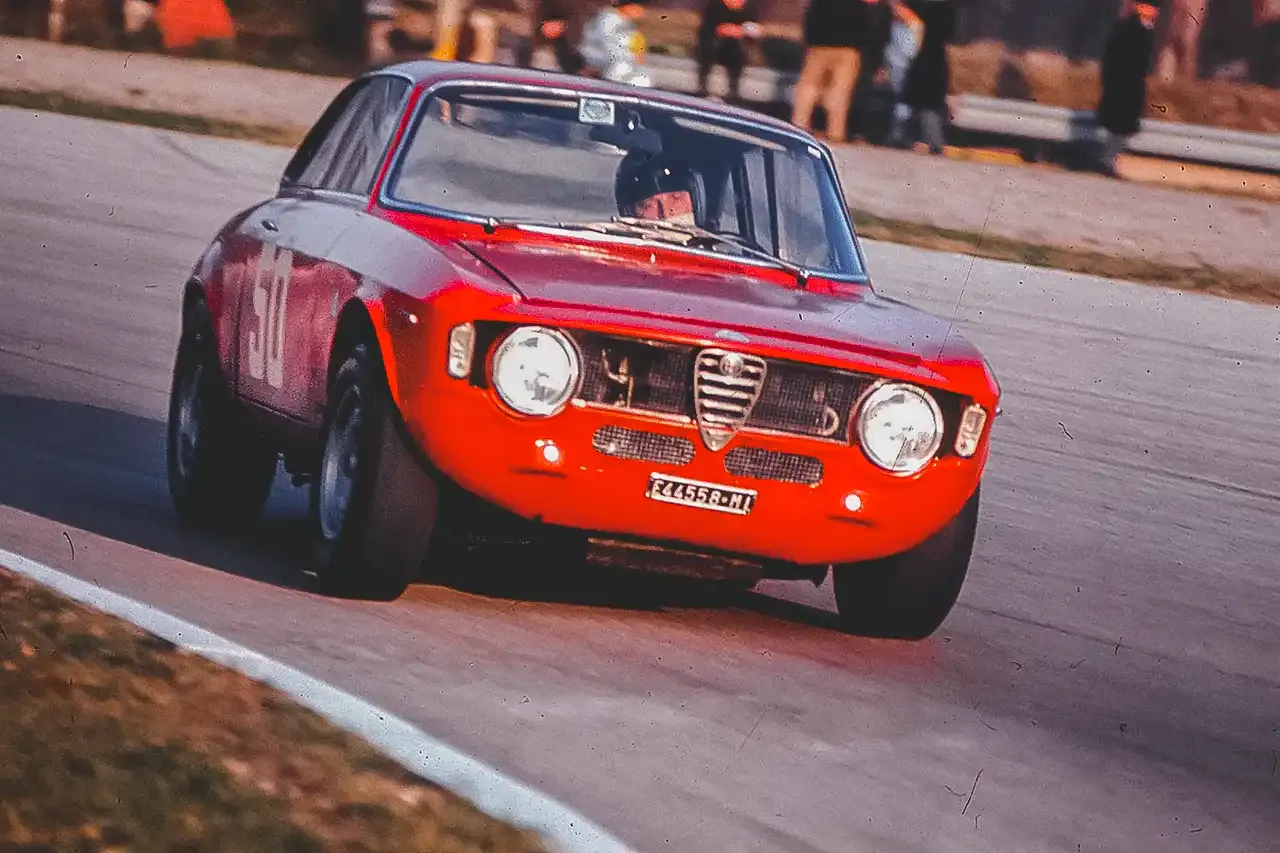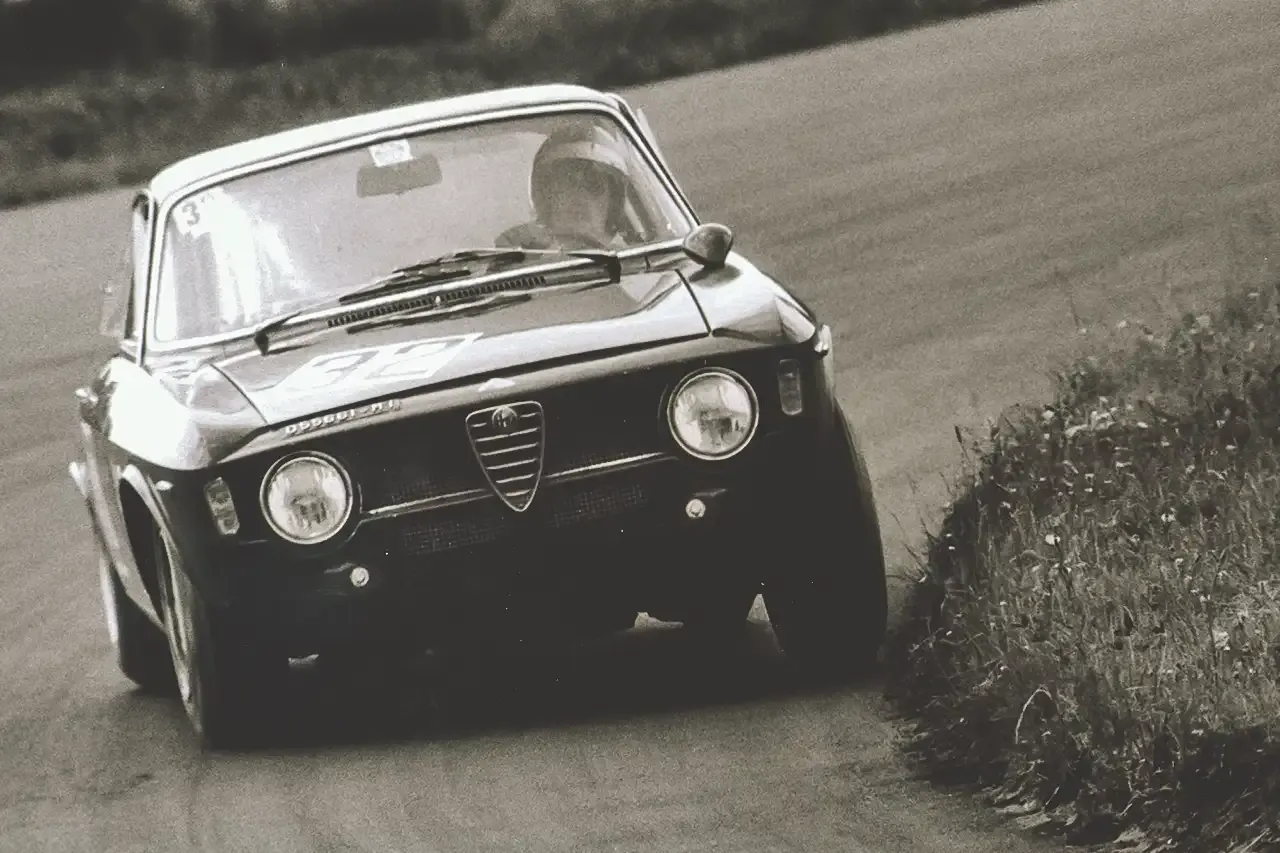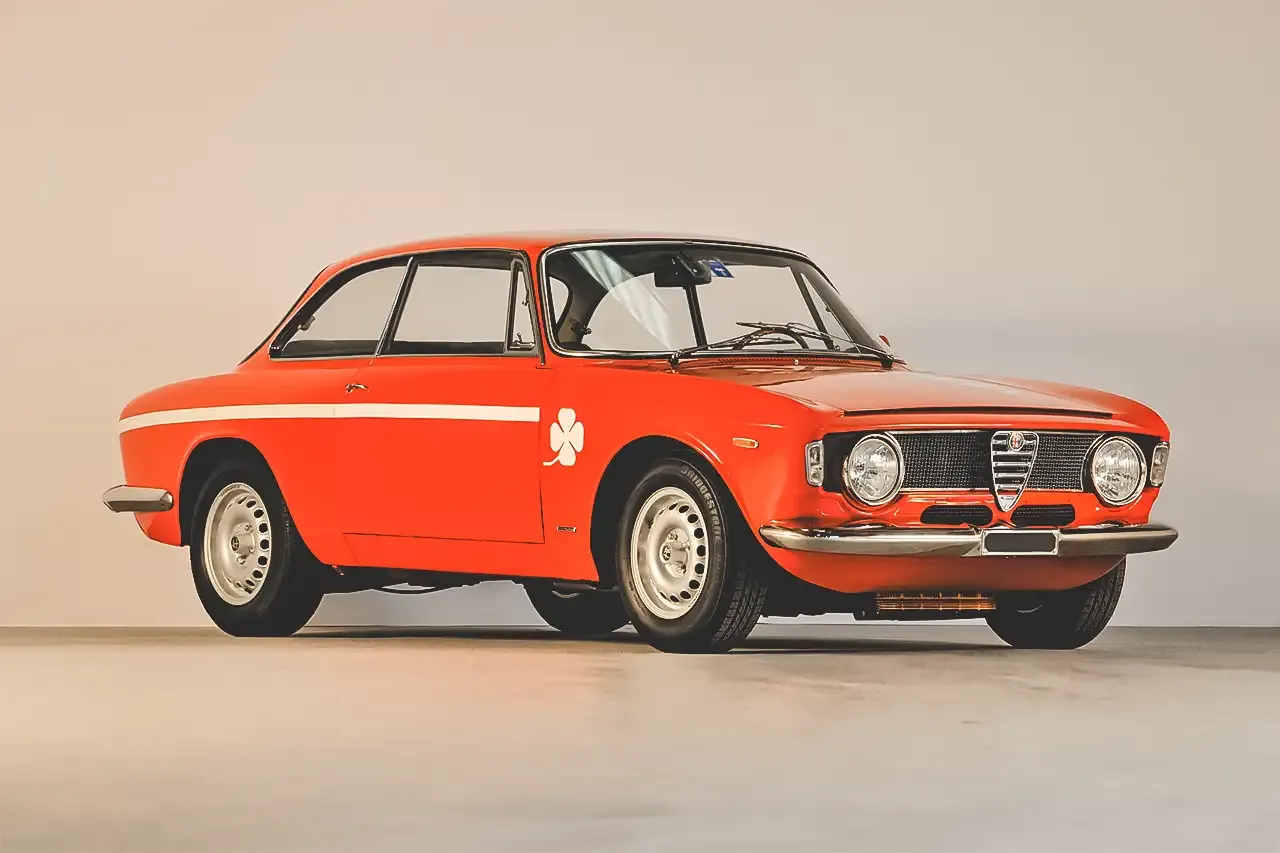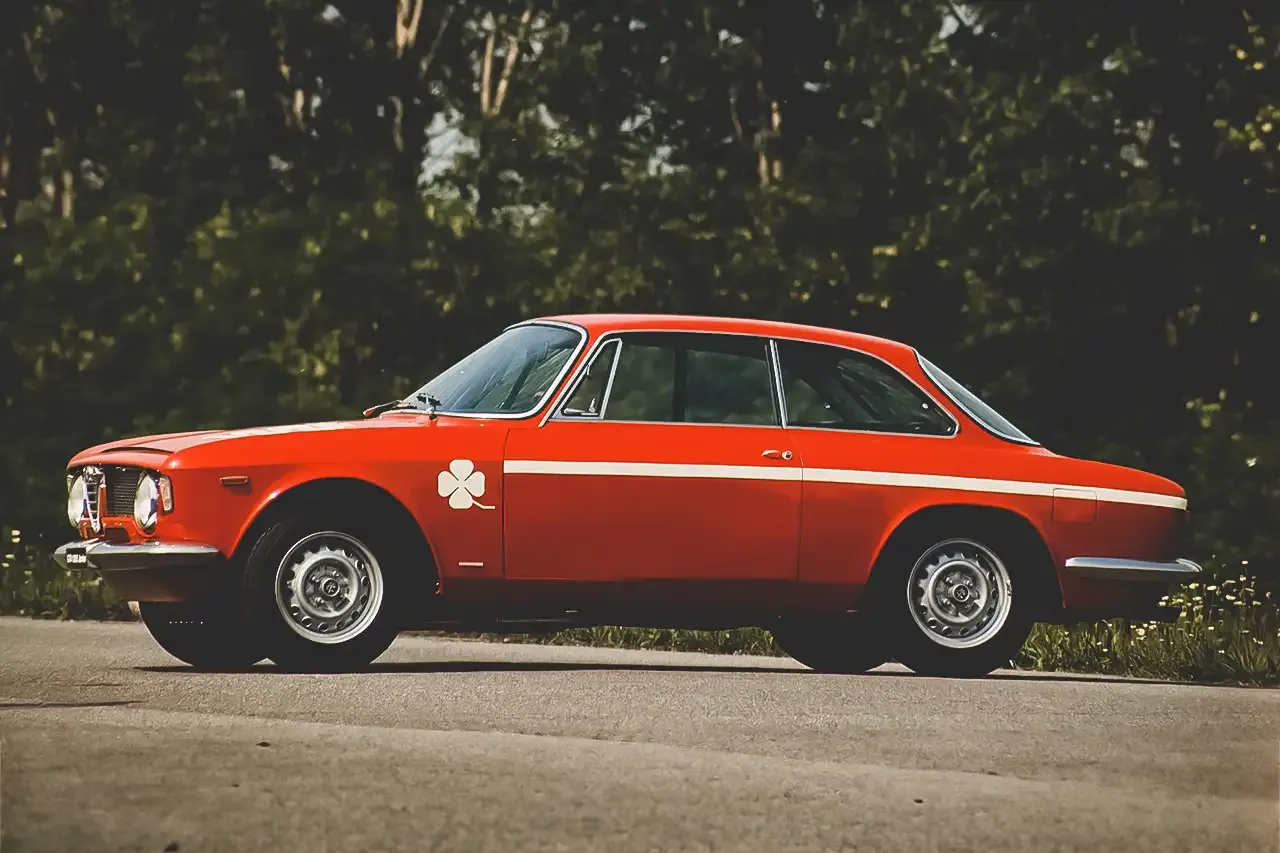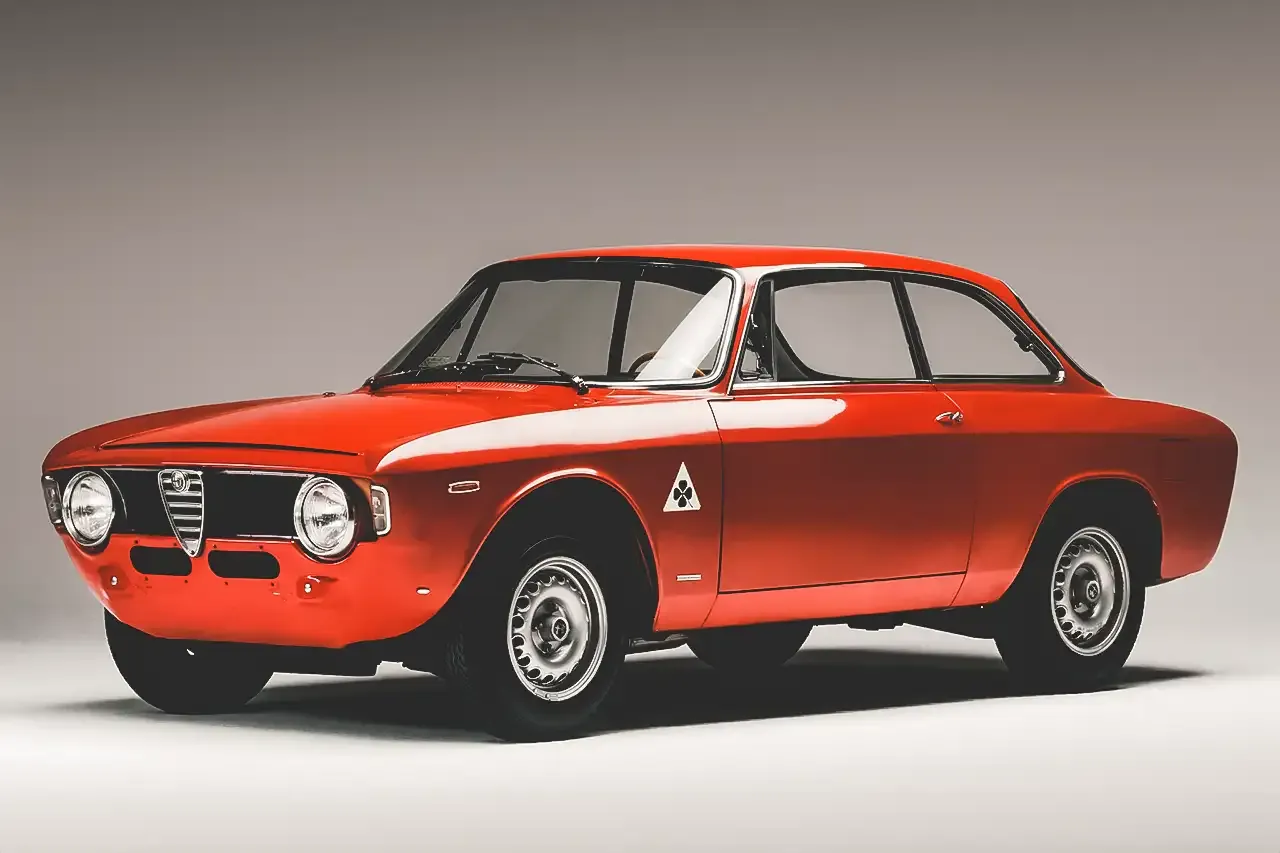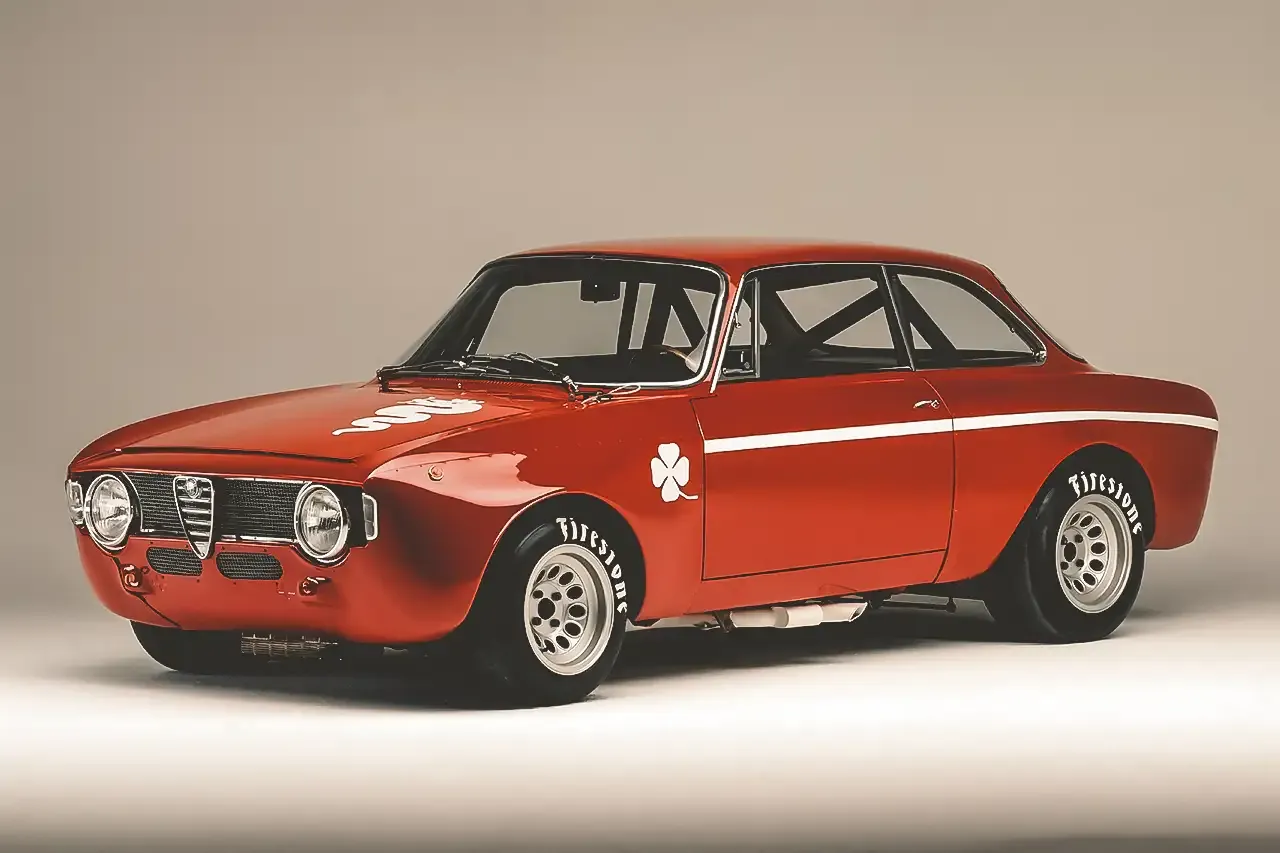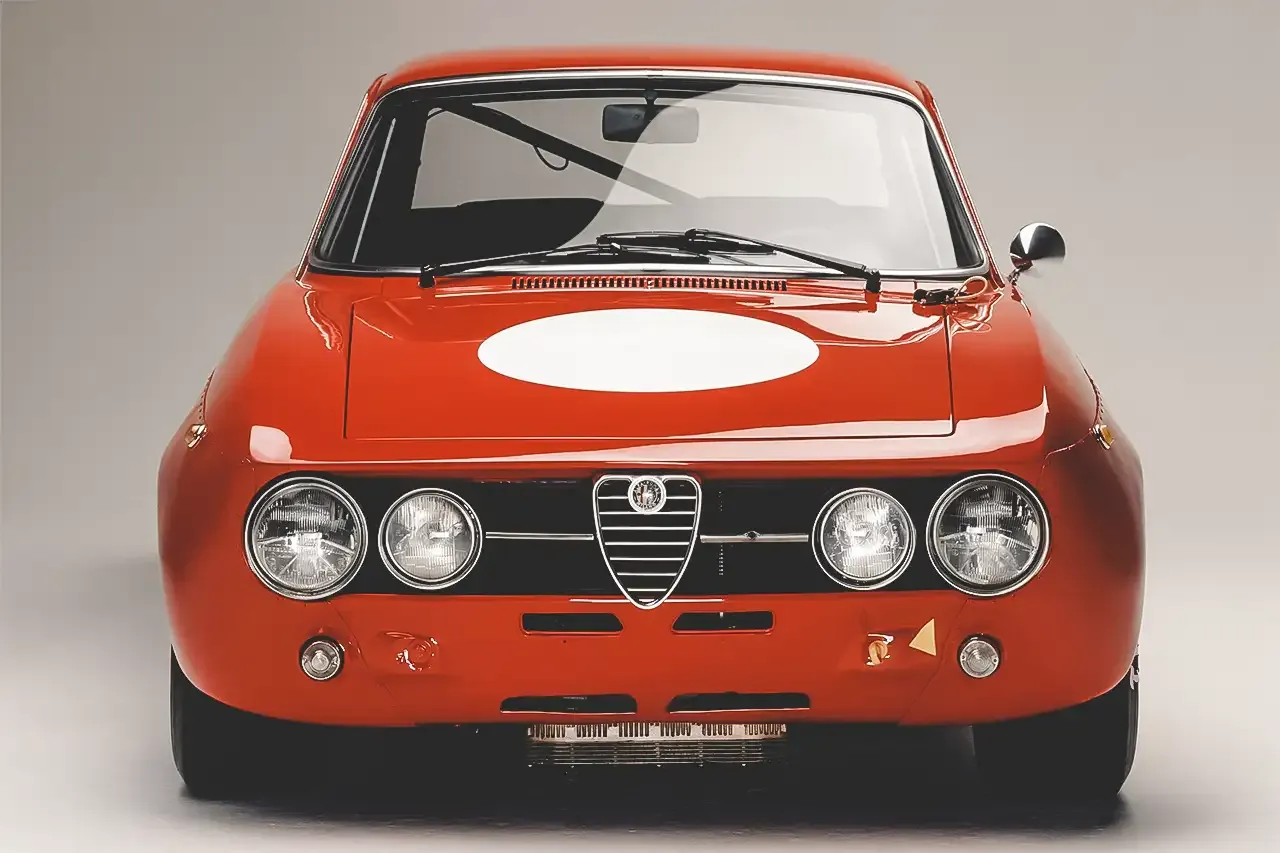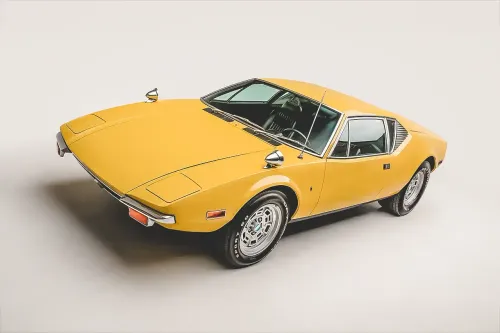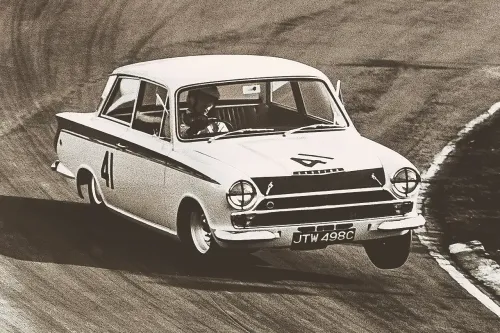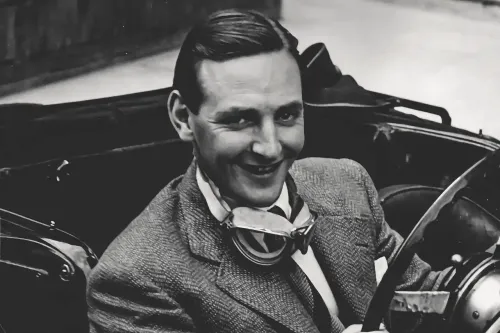GTA: Autodelta's masterpiece
It's impossible to dissociate Alfa Romeo's extraordinary sporting success story from Carlo Chiti's name. The association with Alfa Romeo of this aeronautical engineer born in Pistoia, dates back to the 1950s. Having recently arrived in Arese, he was the main responsible for the development of the 3000 CM. This car's success boded well for this relationship but, a few years later, Alfa Romeo would close its competition department.
Having already built a good reputation for himself, Chiti didn't take long to occupy a prominent place at Maranello. He was one of those responsible for the design and development of the Ferrari 156 “Sharknose” with which Phil Hill would win the F1 world championship in 1961.
Much like Enzo, Chiti was an individual with a strong personality, so he was naturally part of a famous stampede of Ferrari engineers in the early 1960s, proceeding to form the ATS project, whose limited success is well known.
It was in 1963 that, in partnership with businessman Lodovico Chizzola, he founded Autodelta. One of his first acts as a businessman was to approach Alfa Romeo, challenging the brand for a return to competition.
One of the first outcomes from this partnership was the extraordinary Giulia TZ, with a tubular chassis and aerodynamic kamm-tail body, designed for the GT category. Success was immediate so, convinced of the importance of the partnership with Alfa, Chiti and Chizzola moved their company to Milan, to be able to work in greater proximity. Balocco became, at that time, the test track used for all their products.
In the meantime, the much appreciated and competitive Giulietta was replaced in the Arese range by the Giulia. The production car was already an extraordinary foundation, with remarkable engineering quality and handling.
The sportier versions of the 105 series already had good aerodynamics, four-wheel disc brakes, great five-speed gearboxes and effective suspension. Above all, they had a dynamic balance which proved to be an excellent basis for competition. Despite the qualities and beauty of the Berlina, it was with the arrival of the Coupé, designed by Giugiaro, that the 105 series boosted its popularity. It was also based on this model that Autodelta generated one of its most acclaimed creations, the Giulia Sprint GTA, which would yield the Giulia Ti Super in the battles for the Touring Championships against the Ford Cortina Lotus.
Starting with what was already a fine performing car, Autodelta did a radical transformation, forcing the production of 500 special homologation units (it is believed that they reached 1000). The “A” in GTA stands for Allegerita, which means “lightened”. The name is perfectly justified as most of the steel panels have been replaced by aluminium panels, the acoustic insulation was removed and the side windows were replaced by plexiglass. The result was an impressive “weight loss” of 275kg. The suspension remained essentially the same as with the original car, but with a lower setup and some specific reinforcements.
To power it, a derivative of the 1570cc engine from the Giulia GT was used but, as with the TZ, it was equipped with a twin-spark head and bigger valves as well as a magnesium cover. In Stradale version, the GTA delivered 115 hp (which could top over 180 hp when race prep) exploited through a short-ratio gearbox.
In addition to the 1600cc model, Autodelta created the GTA Junior 1300. Equipped with a 16-valve cylinder head, the little engine could reach 160 hp.
The most radical version of the 1600 was GTA-SA. Supercharged with a compressor and racing in Group 5, it delivered up to 200 hp.
The final evolution was GTAm. The “m” referred to "maggiorata" (enlarged). These used 1750 and 2000cc engines and widened bodies, like the 1300 Corsa.



